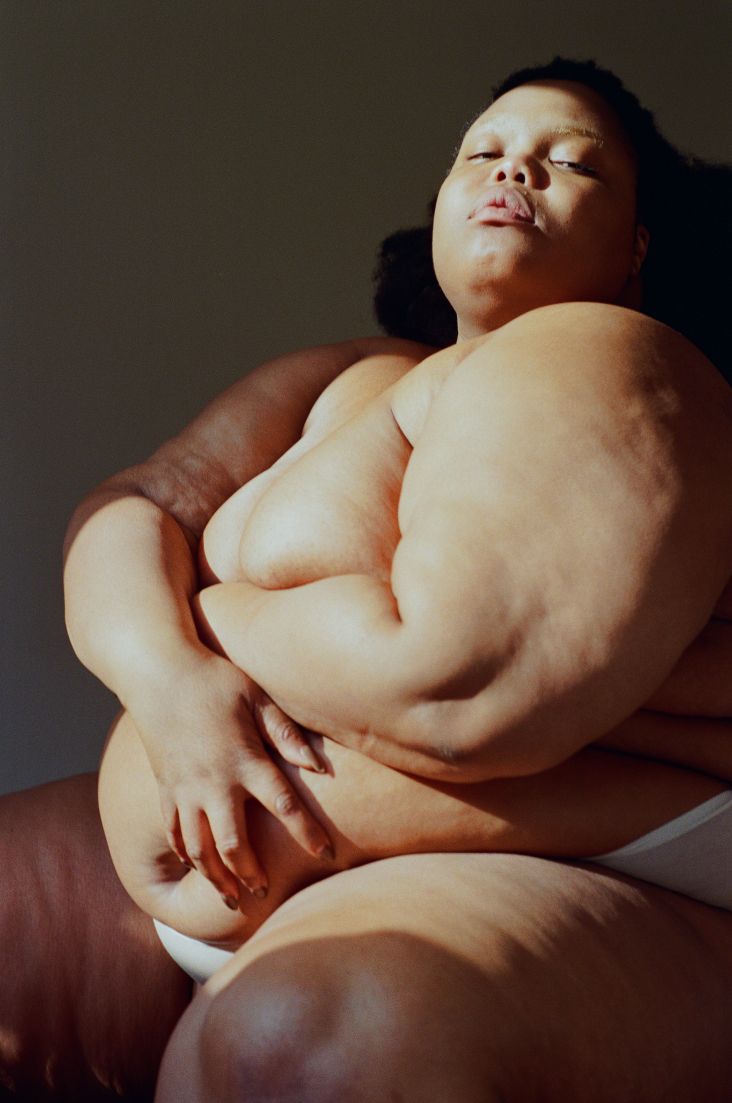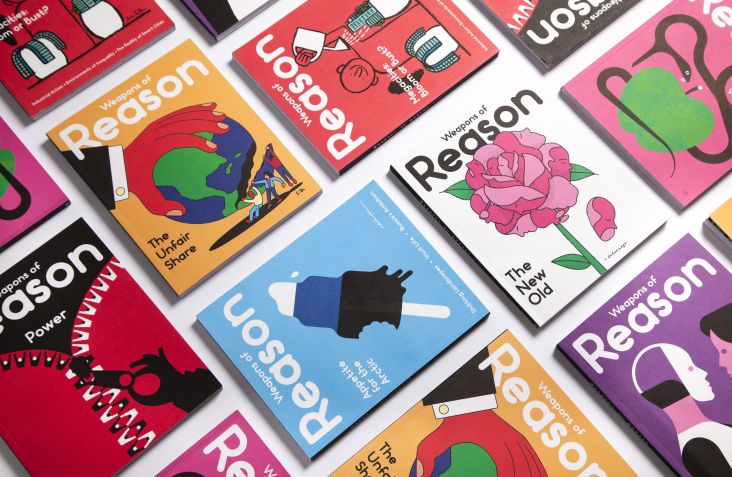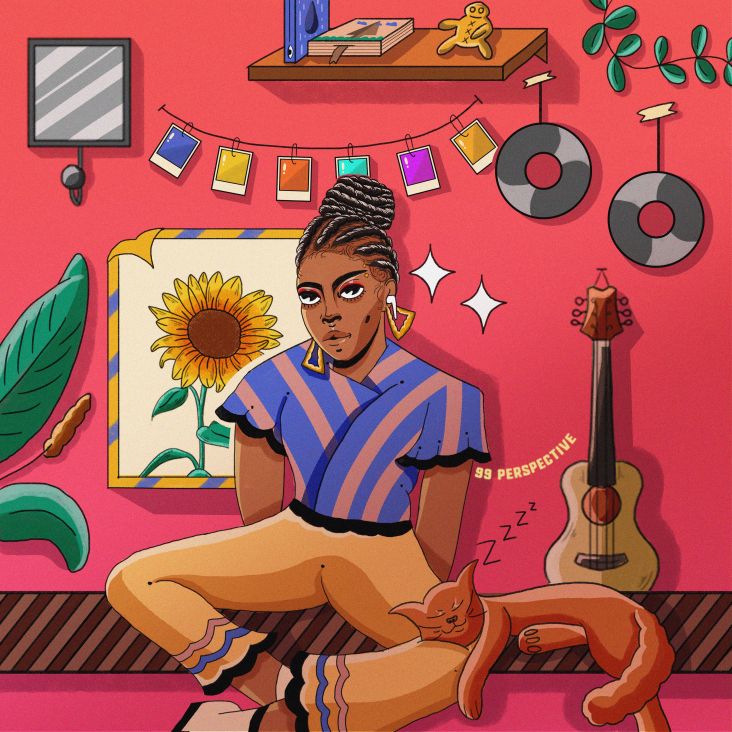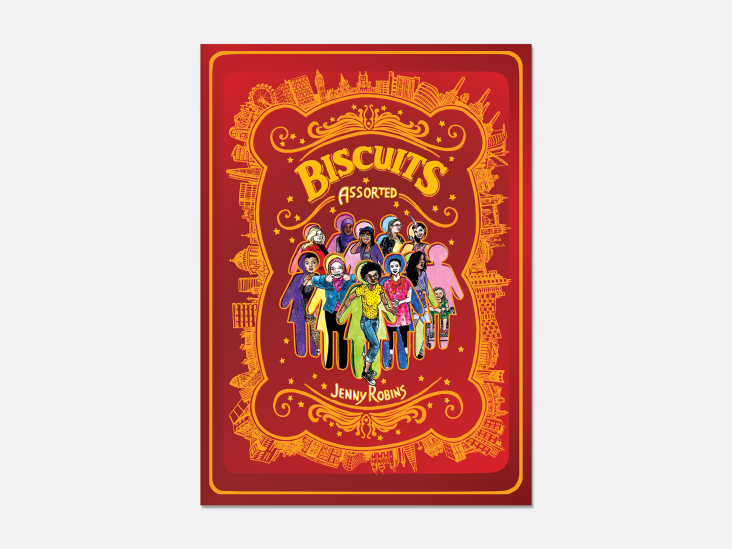Studio Culture Now: Advice and guidance for designers in a changing world
If it's published by Unit Editions, you can guarantee a book's going to be a bit of a belter – beautifully produced, lavished with stunning imagery, and thoughtfully penned with one eye on the storied history of visual culture and the other on its relevance for practitioners today.
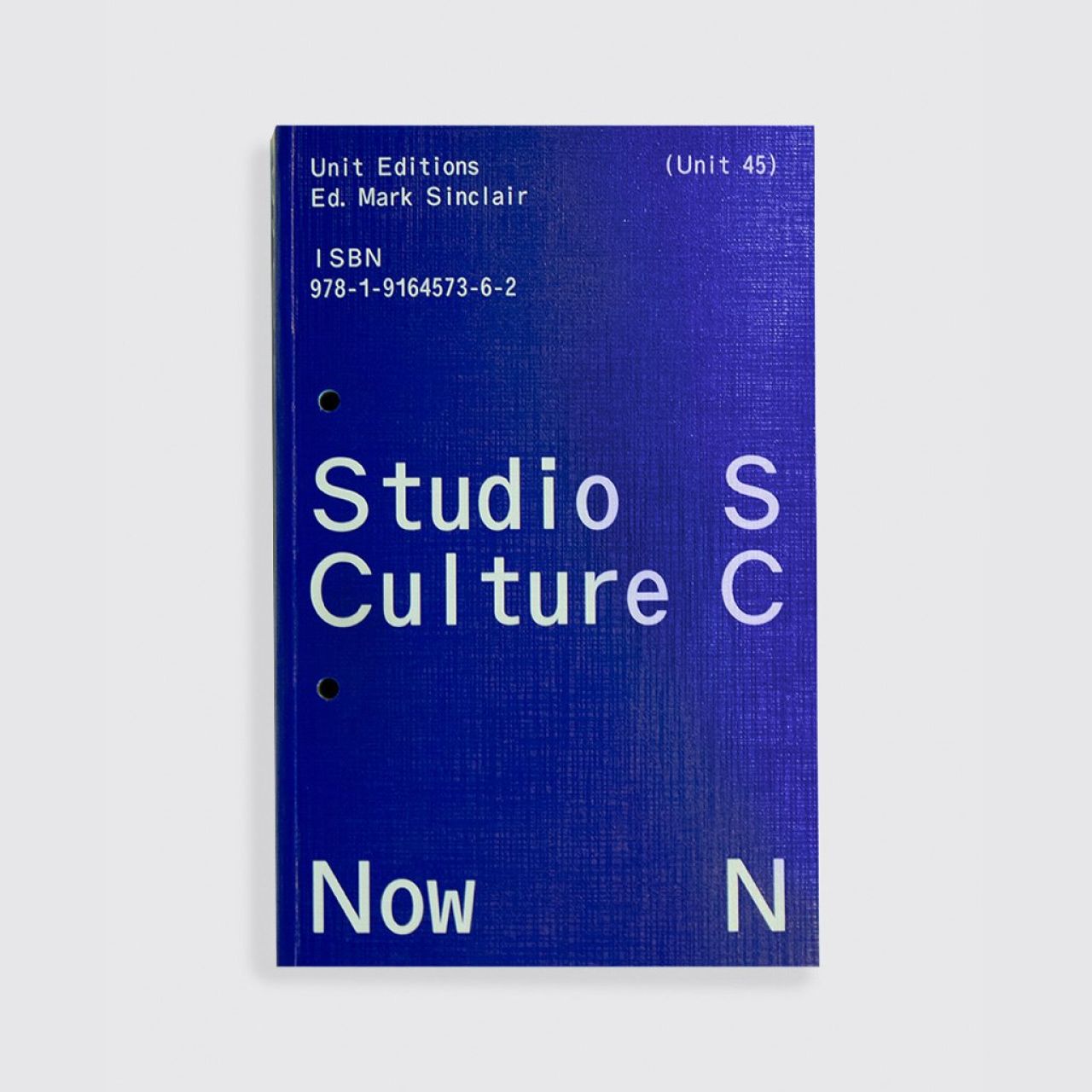
Its new title, Studio Culture Now: Advice and Guidance For Designers in a Changing World is no exception. Edited by Mark Sinclair and designed by London studio Julia, the book offers a richly illustrated guide for designers working today in a "world of rapid change", as Unit Editions puts it. It details the "ins and outs" of setting up, running and developing a design studio.
The new tome is a follow-up to 2009's Studio Culture: The secret life of the graphic design studio. Written by Unit Editions' co-founders Tony Brook and Adrian Shaughnessy, it featured candid interviews with some of the leading designers and practices at the time about their studio culture.
The follow-up shares its predecessor's focus on in-depth interviews with Atelier Dyakova, DIA, Google Design, Hey Studio, My Name is Wendy, Office of Craig, OK-RM, Sara De Bondt studio, Sarah Boris Studio and a whole load more.
According to Unit Editions, these revelations around studios' experiences, insights, fears, joys, fundamental day-to-day realities and aspirations "form a blueprint for anyone planning a studio practice, or anyone struggling with maintaining one."
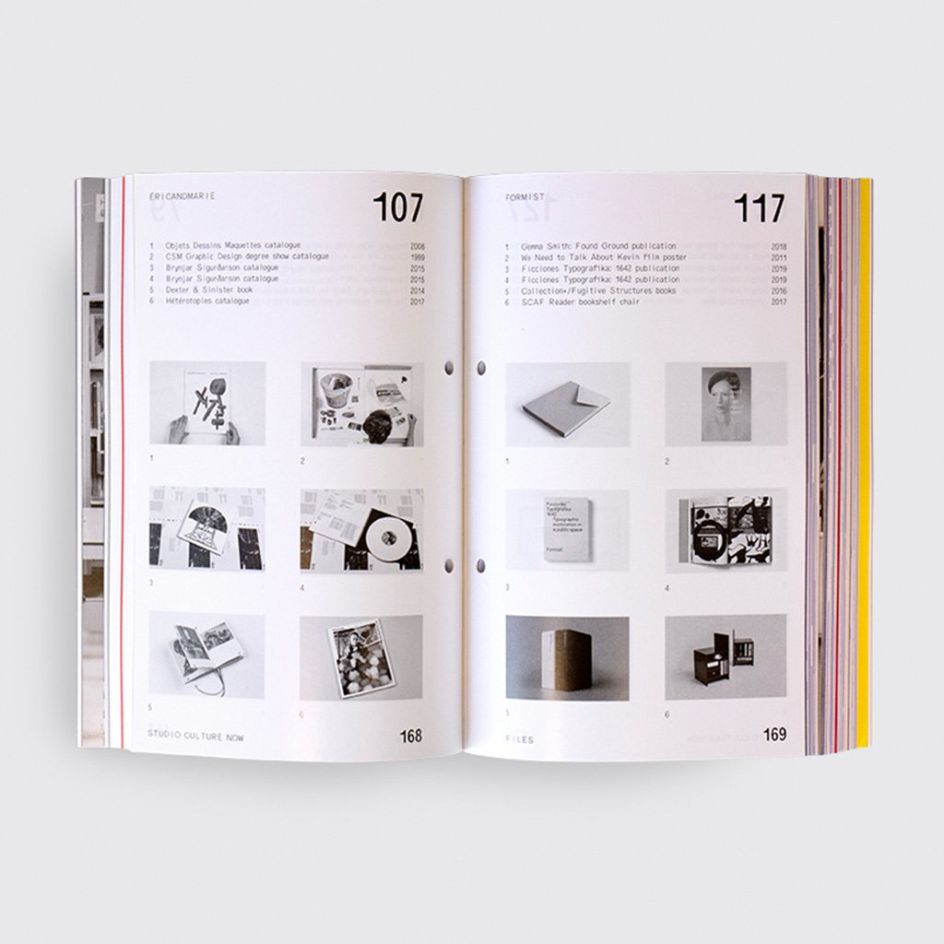
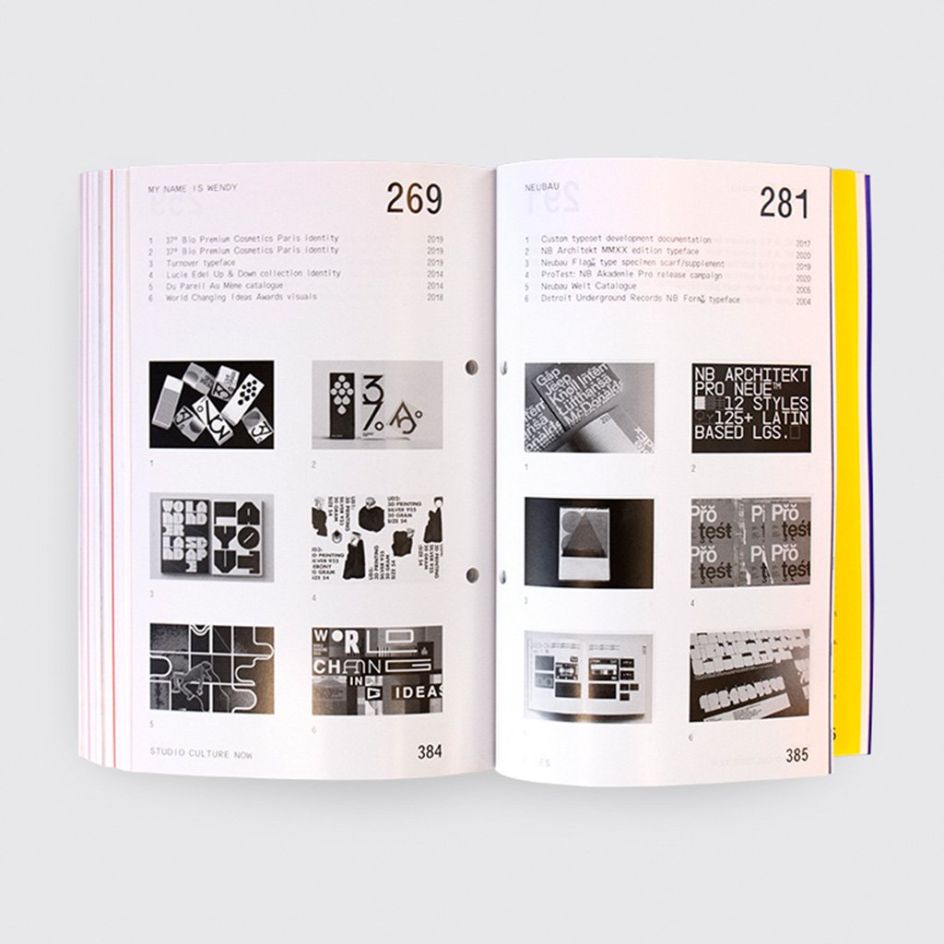
Alongside the studio interviews, the book includes a section titled 'Studio Intelligence' which concisely sums up information on the nitty-gritty essential details that often aren't the most fun for aspiring studio owners – things like the benefits and pitfalls of remote working, space sharing, professional help and when to get it and social media policies. It's Nice That editor Matt Alagiah and Sophie Thomas, founding director of design studio Thomas Matthews have penned insights on self-promotion and sustainability respectively. Elsewhere, Avi Josephs offers advice on studio finances and accounting and artist and designer Eric Schrijver, the man behind Copy This Book: An Artist's Guide to Copyright, details the basics of copyright.
The designers' insights are as varied and brilliant as their work: Belgian book designer Sara De Bondt's assertion that in setting up a studio "You don't need to conform to existing models. You don't need to be answering the phone nine-to-five or have a flashy office in a capital city" is a prescient observation indeed, echoed by Meg Donohoe of kinetic identity specialists DIA, who says the studio had "noticed the importance of a physical office really diminishing over the last few years", thanks to things like Slack and Google Hangouts. Since many of their projects saw them collaborating with others across the world, they ended up "operating more as a free-form, international collective without a formal office-space is what we have ended up doing."
New York-based illustrator Jade Purple Brown brings a healthy dose of realism in stating that the worst part of running a studio is that she "never truly takes a break. Because I wear so many different hats, there's always something that needs to get done. It can be tough to step away from work and be present in the moment."
Craig Oldham, a man who rarely minces his words, chimes in with some advice that seems obvious, but sadly isn't always adhered to in an industry where, like most others, hierarchical attitudes are often still prevalent: discussing when his studio takes on students or recent grads as interns, he says, "My policy is simple, they are treated exactly like any other member of the team, and they are paid (living wage) for their time because I would not ask them to do anything I would not be prepared to do myself."
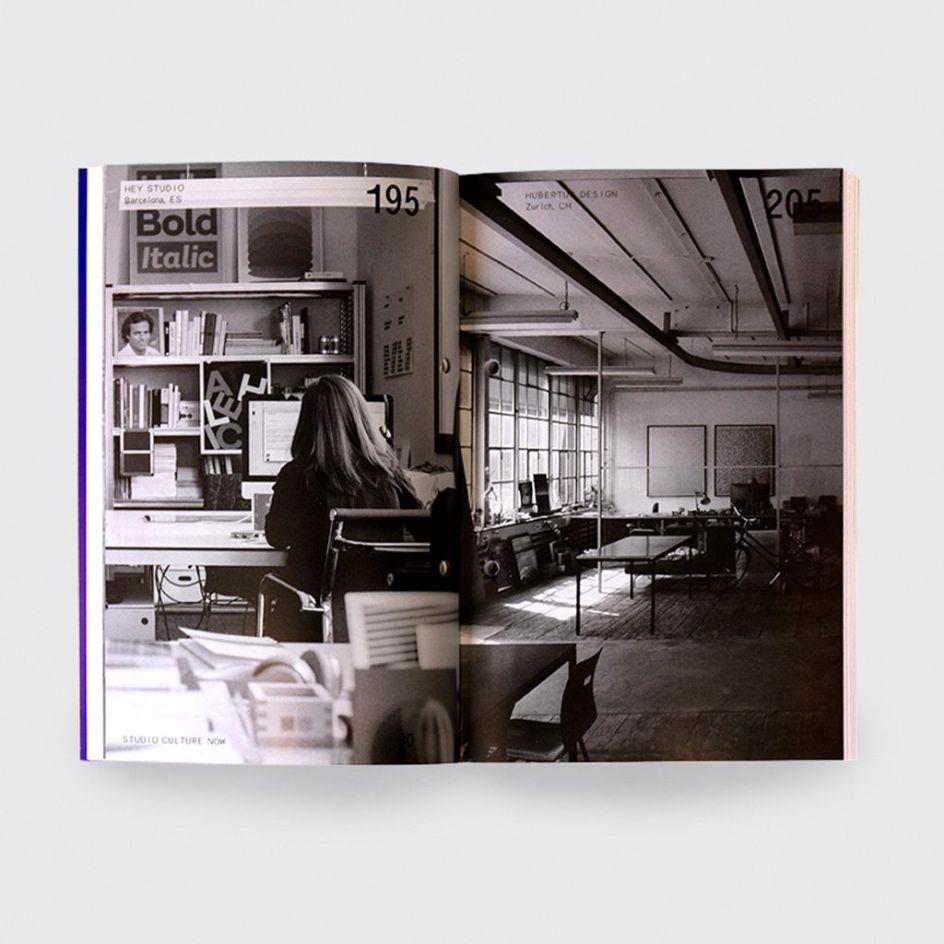
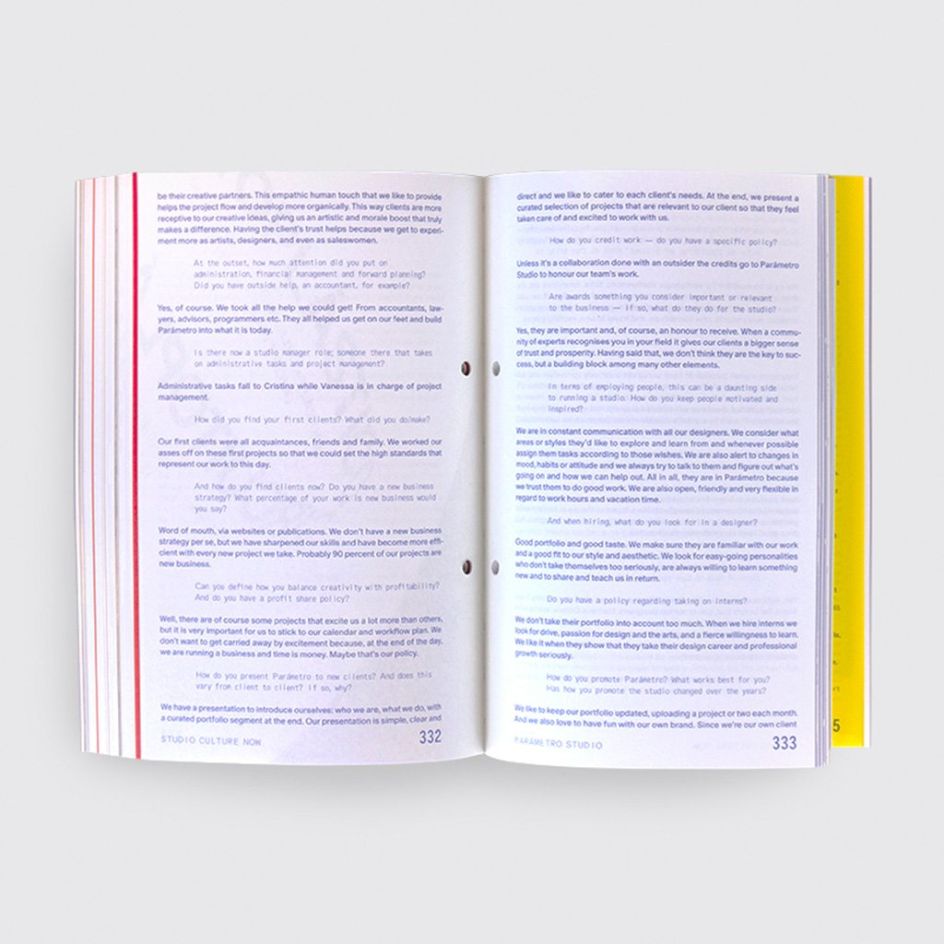
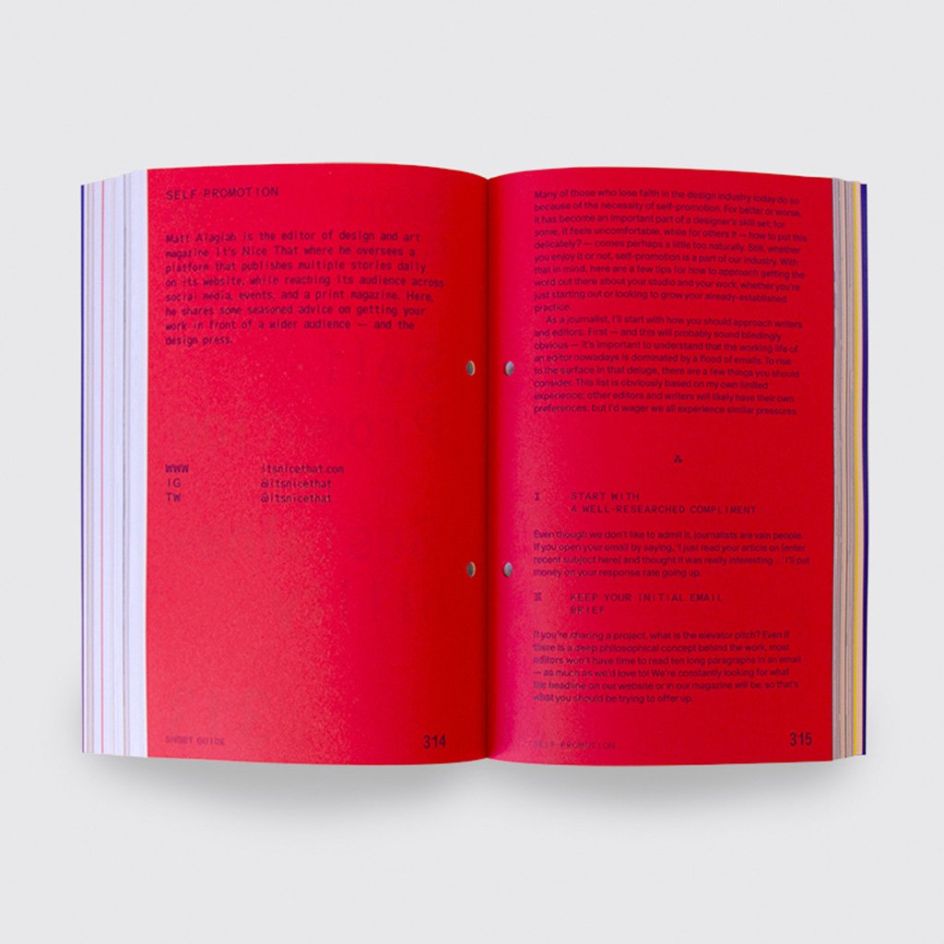
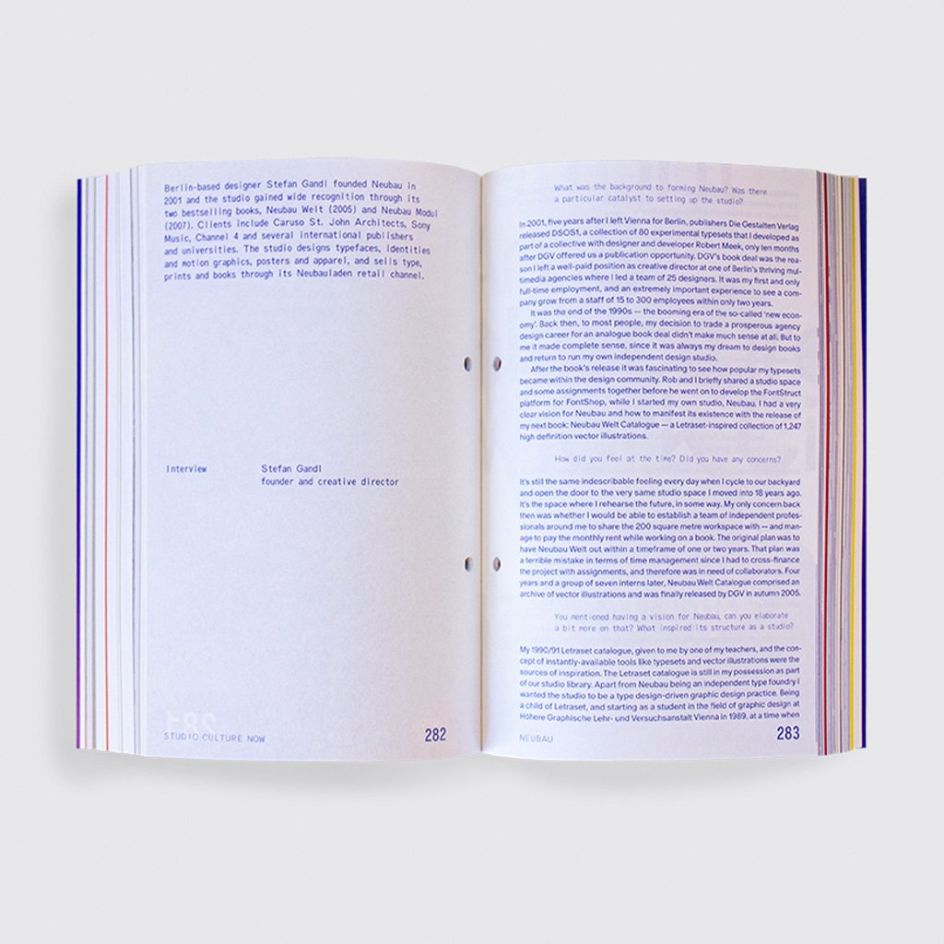
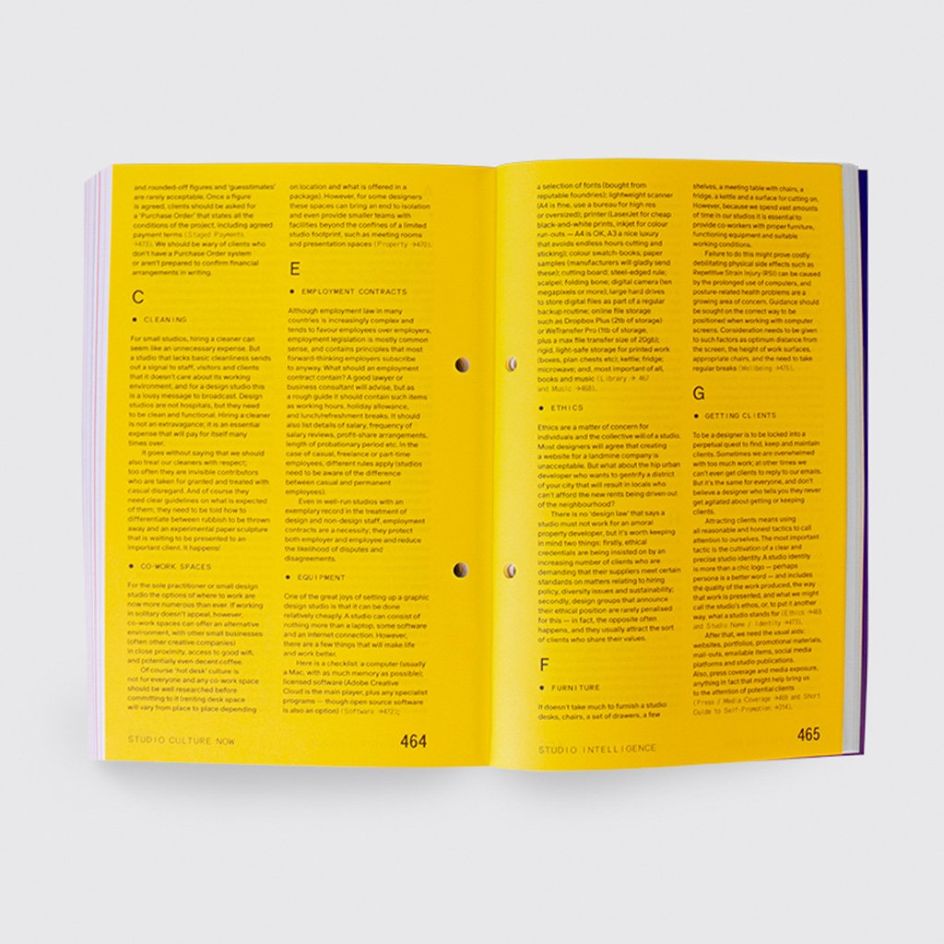




 by Tüpokompanii](https://www.creativeboom.com/upload/articles/58/58684538770fb5b428dc1882f7a732f153500153_732.jpg)

 using <a href="https://www.ohnotype.co/fonts/obviously" target="_blank">Obviously</a> by Oh No Type Co., Art Director, Brand & Creative—Spotify](https://www.creativeboom.com/upload/articles/6e/6ed31eddc26fa563f213fc76d6993dab9231ffe4_732.jpg)








](https://www.creativeboom.com/upload/articles/ef/ef634d2391f54aafcbb9970e60b53bb3f003e681_732.jpg)

